Save irrigation water, reduce water loss in the fields
This spring crop is the third crop that Ms. Cao Thi Lan in Tan Chau hamlet, Dien Nguyen commune, Dien Chau has grown “carbon rice”. After many years of having to constantly visit the fields to regulate the water in the fields, now the couple has less work to do. “In the past, there were times when the rice did not need water but there was still a lot of water, so we had to check to drain some of the water in the fields. Now, when the rice needs water, there is water, and when the fields need to dry up, the irrigation department closes the source, so we can rest assured, the rice grows better, and the harvest is better,” Ms. Lan said.
In the last two crops, her family's rice yield was high, approximately 4 quintals/sao in the spring crop and 3 quintals/sao in the summer-autumn crop.
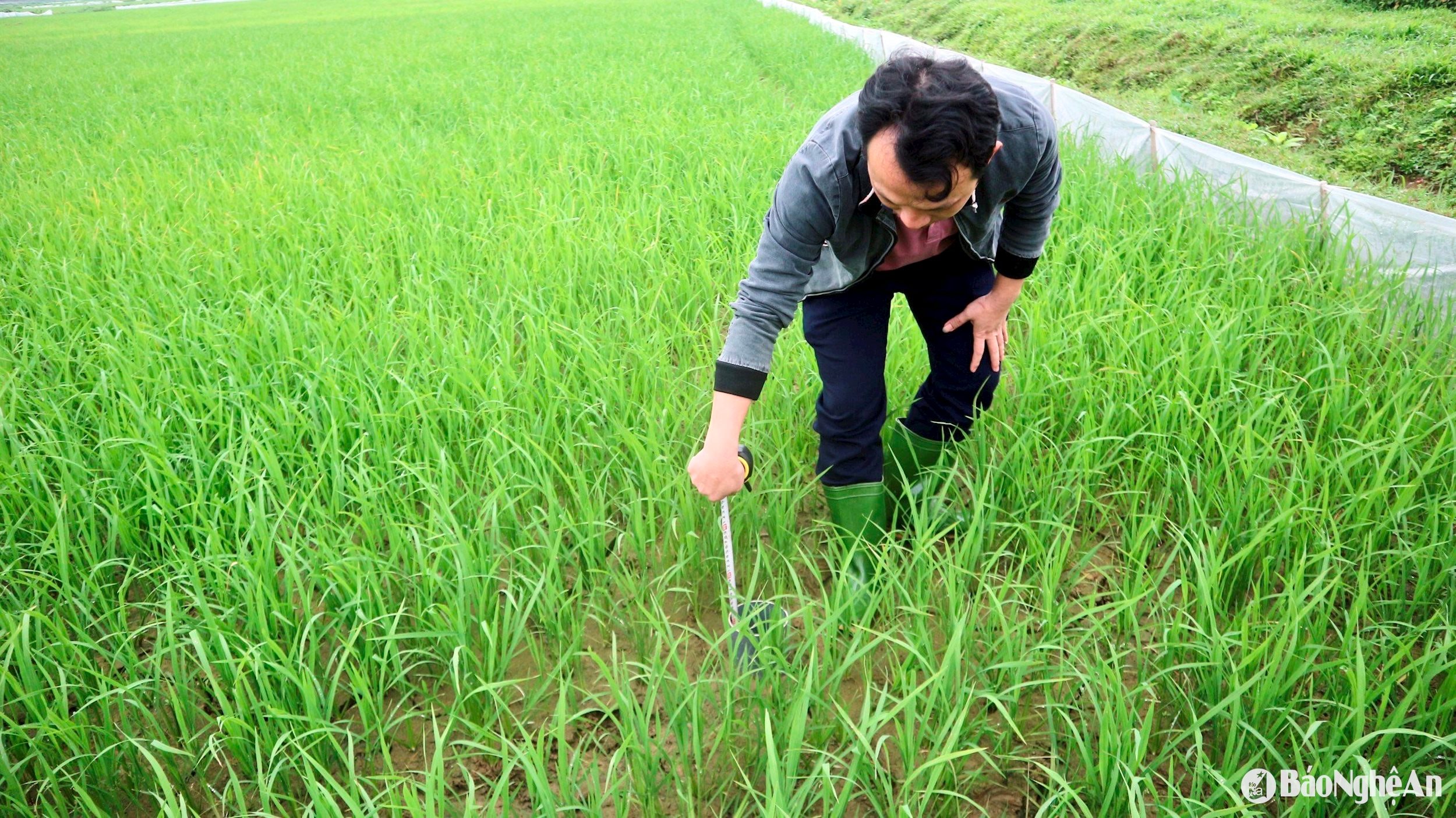
Tan Chau hamlet chief Phan Xuan Phuong excitedly said: From the spring crop of 2024, all of the hamlet's more than 70 hectares of rice will participate in carbon credit rice production. "Rice fields that are strictly irrigated alternately with flooding and drying grow very well, rarely fall over, have fewer diseases and brown planthoppers, and have a shorter growing period. Production is favorable, high yield, and even progresses to have additional income from selling carbon credits, so people are very enthusiastic," he said.
Before participating in the program, many times the rice plants did not need water, but when they saw the cracked soil, or even the water was still just barely there, people were impatient to pump water. As a result, the rice fields were soaked in water all year round, with poor aeration, leading to a decrease in the number of grains per panicle and the percentage of full grains. Notably, while saving a significant amount of water and irrigation costs, the yield of "carbon rice" was increased by 10-15%.
In the spring crop of 2024 - the first crop to implement the project, Nam Dan has 15 communes participating with an area of over 1,028 hectares; that number increased nearly 3 times in the summer-autumn crop with over 3,030 hectares and this spring crop, the whole district has 4,613 hectares of rice production to create carbon credits, some communes have quite large areas such as Kim Lien 625 hectares, Nam Anh 360 hectares...
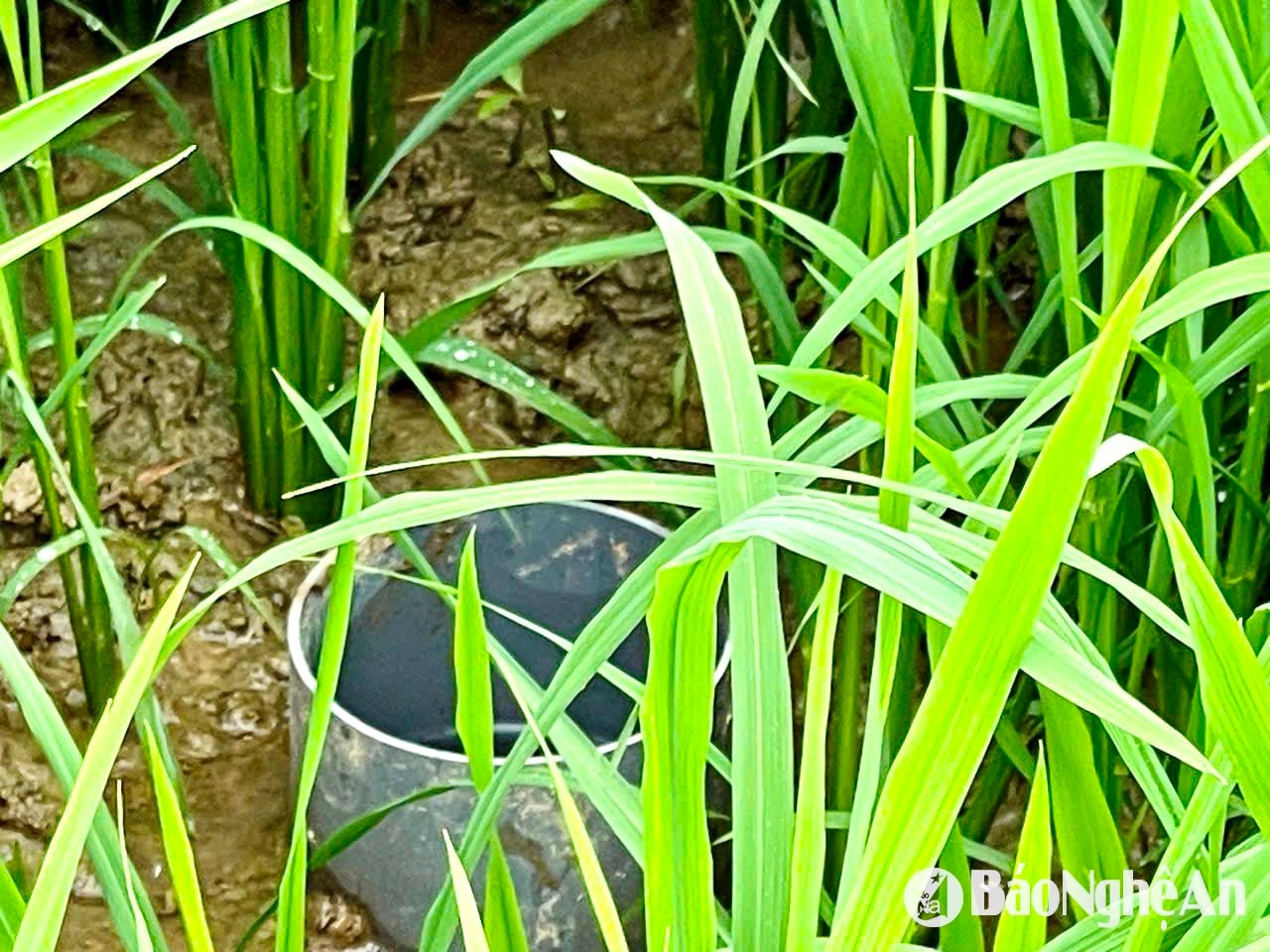
Mr. Nguyen Dinh The - Deputy Head of the District Department of Agriculture and Environment said: On average, in the two production seasons, the number of irrigation times when applying the alternating flooding and drying irrigation technique is 4.3 times, lower than in conventional production, thereby reducing labor and electricity costs. Meanwhile, the actual yield reached 67.4 quintals/ha in the spring crop and 56.3 quintals/ha in the summer-autumn crop, higher than the average of 3.3 quintals/ha in the spring crop and 1.6 quintals/ha in the summer-autumn crop.
Using intermittent irrigation instead of continuous flooding has helped reduce water consumption by 30-50%, the number of waterings per crop has decreased from 7 to 5, but the rice plants grow well, produce many tillers, are stronger, and resist lodging better. While rice yield has increased by 10-15% compared to traditional farming, production costs have decreased significantly.
Mr. Nguyen Tien Duc - Head of the Provincial Department of Cultivation and Plant Protection
Meet green manufacturing criteria
The system of Nam Irrigation Company Limited irrigates 17,000 hectares of rice in Nam Dan, Hung Nguyen, Nghi Loc and Vinh city. Of these, nearly 8,000 hectares are currently irrigated with rice to create carbon credits. According to Mr. Pham The Phi - Head of the Company's Technical Department, all 17,000 hectares have been irrigated with open fields, but the application and monitoring of water levels on canals and fields are not strict, most people do not really understand, so when they see the water level is low, they are impatient and demand to pump water. In the rice production areas to create carbon credits, we are no longer under pressure to pump water when it is not necessary, especially during drought periods.
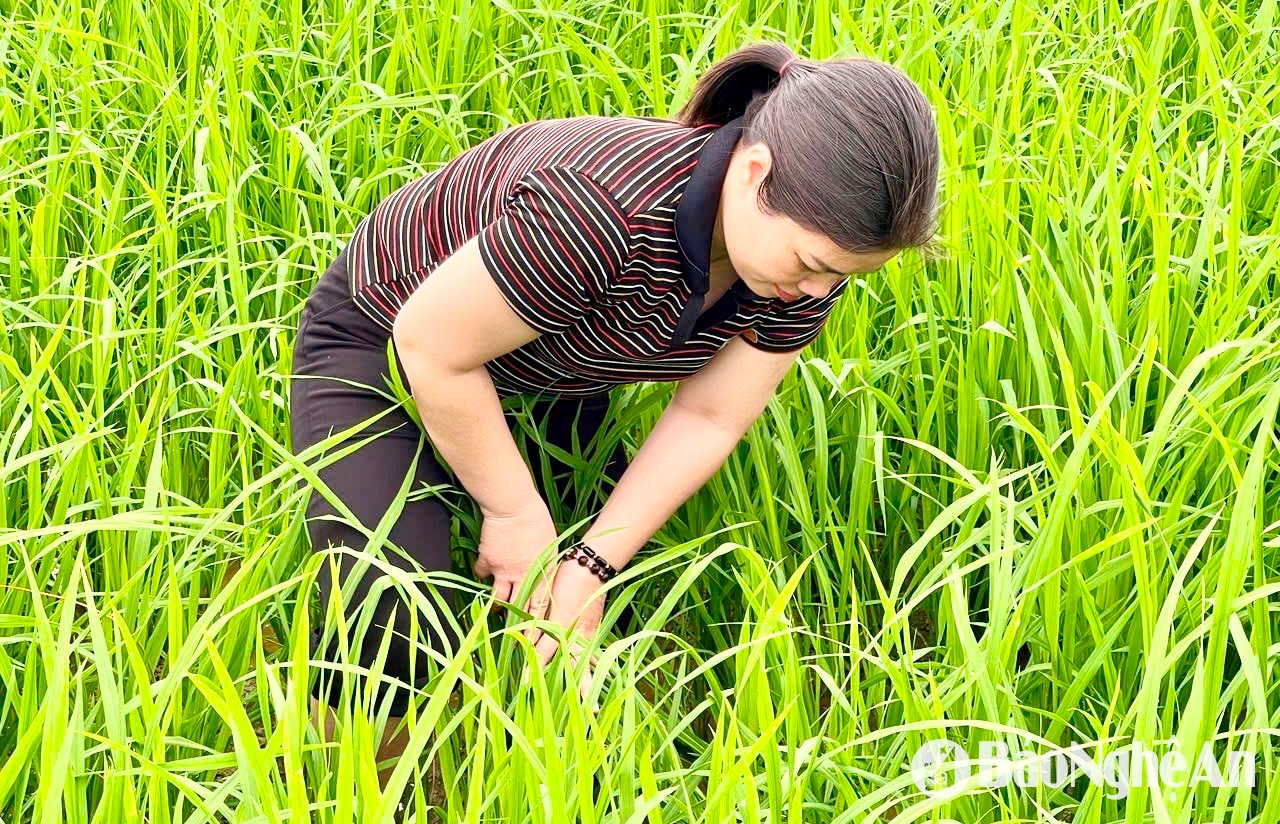
Thanks to that, the unit saved nearly 3 billion VND in electricity bills per year by reducing 3 irrigation periods compared to traditional farming, and more importantly, saved a significant amount of water. This story is even more meaningful when in recent years, ensuring enough water for rice irrigation has been a very difficult problem in the condition that the canal system and constructions were built a long time ago, degraded, causing water loss; especially in the past 5-7 years, the water level of Lam River has been getting lower and lower, the water level through Nam Dan sluice is less, making the canal system behind not enough to supply the pumping stations to get water from the Dao River system.
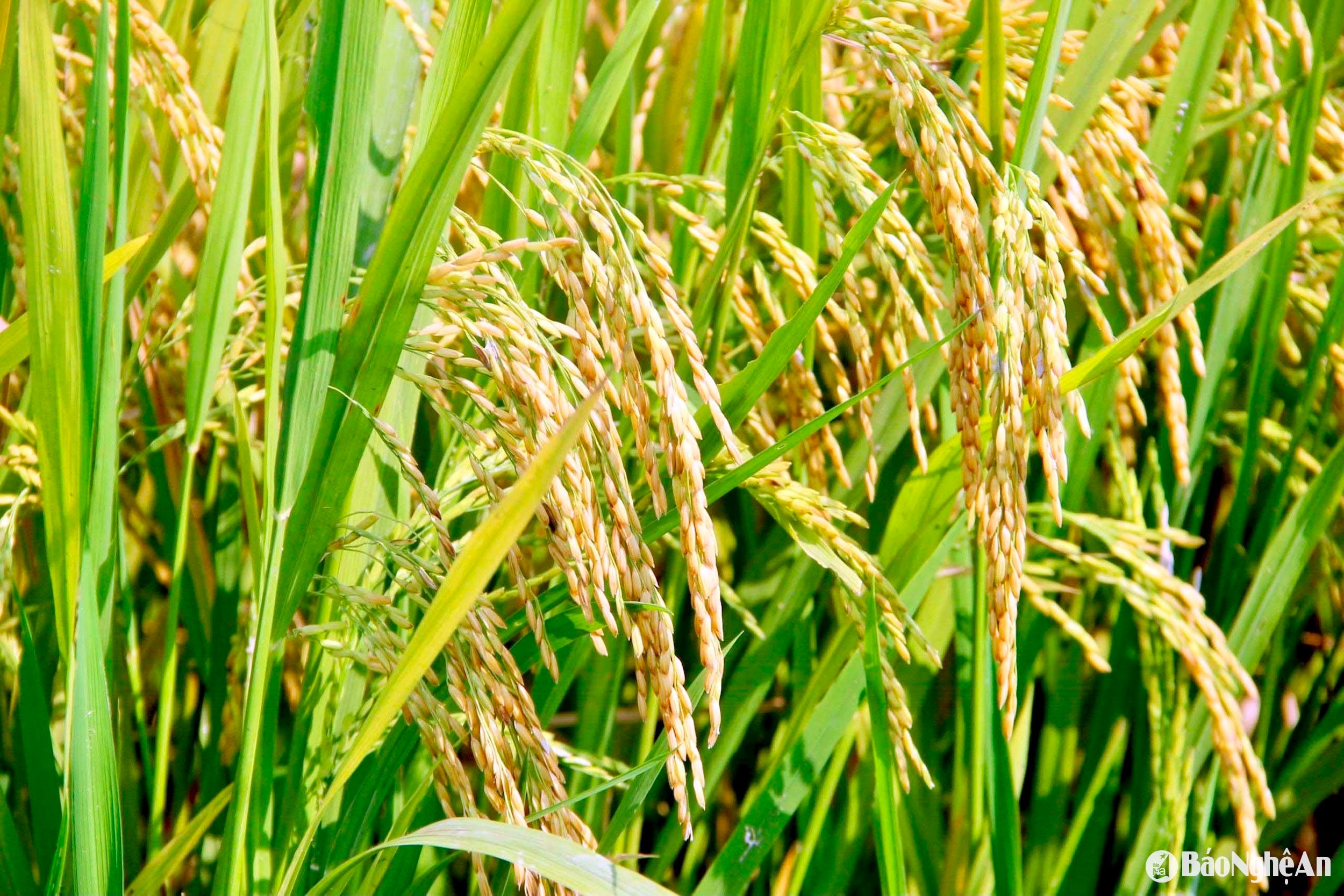
The carbon credit rice production program will be implemented in Nghe An from the 2024 spring crop in Nam Dan, Nghi Loc, Hung Nguyen, Dien Chau and Do Luong, with a scale of over 5,700 hectares. Not only does it help reduce greenhouse gas emissions, this production method also significantly saves irrigation water.
In particular, according to Mr. Nguyen Tien Duc - Head of the Provincial Department of Crop Production and Plant Protection: Reducing greenhouse gas emissions also helps us meet the criteria for green production, expanding opportunities to access high-quality rice export markets. This farming method reduces emissions by 50-55% compared to traditional continuous flooding irrigation in transplanted rice and 66.67% of emissions in direct-sown rice, especially in the tillering stage. In fact, the amount of emission reduction measured in Hung Nguyen, Do Luong and Dien Chau achieved 5-6 tons of CO2 equivalent/ha/crop.
Building on the success, in the spring crop of 2025, in addition to expanding implementation in the 5 existing districts, the project will continue to be implemented in Quynh Luu and Thanh Chuong, with a total scale of over 20,000 hectares.
Mr. Phan Tien Thanh - Business Development Manager - Green Carbon INC (a Japanese company operating in the environmental consulting field, participating in the creation and sale of carbon credits both domestically and internationally) added: Rice production to create carbon credits in Nghe An currently only applies the method of surface irrigation, because local rice production is still mainly fragmented and small-scale, and there is not much commercial production. In the coming time, when this production method has developed, we will continue to implement other contents such as fertilizer management, straw, and selection of suitable and effective rice varieties.
Source: https://baonghean.vn/nong-dan-nghe-an-tiet-kiem-nuoc-tuoi-tu-san-xuat-lua-carbon-10294236.html



![[Photo] Comrade Khamtay Siphandone - a leader who contributed to fostering Vietnam-Laos relations](https://vstatic.vietnam.vn/vietnam/resource/IMAGE/2025/4/3/3d83ed2d26e2426fabd41862661dfff2)

![[Photo] Prime Minister Pham Minh Chinh receives Deputy Prime Minister of the Republic of Belarus Anatoly Sivak](https://vstatic.vietnam.vn/vietnam/resource/IMAGE/2025/4/2/79cdb685820a45868602e2fa576977a0)
![[Photo] General Secretary To Lam receives Russian Ambassador to Vietnam](https://vstatic.vietnam.vn/vietnam/resource/IMAGE/2025/4/2/b486192404d54058b15165174ea36c4e)
![[Photo] Prime Minister Pham Minh Chinh receives CEO of Standard Chartered Group](https://vstatic.vietnam.vn/vietnam/resource/IMAGE/2025/4/2/125507ba412d4ebfb091fa7ddb936b3b)
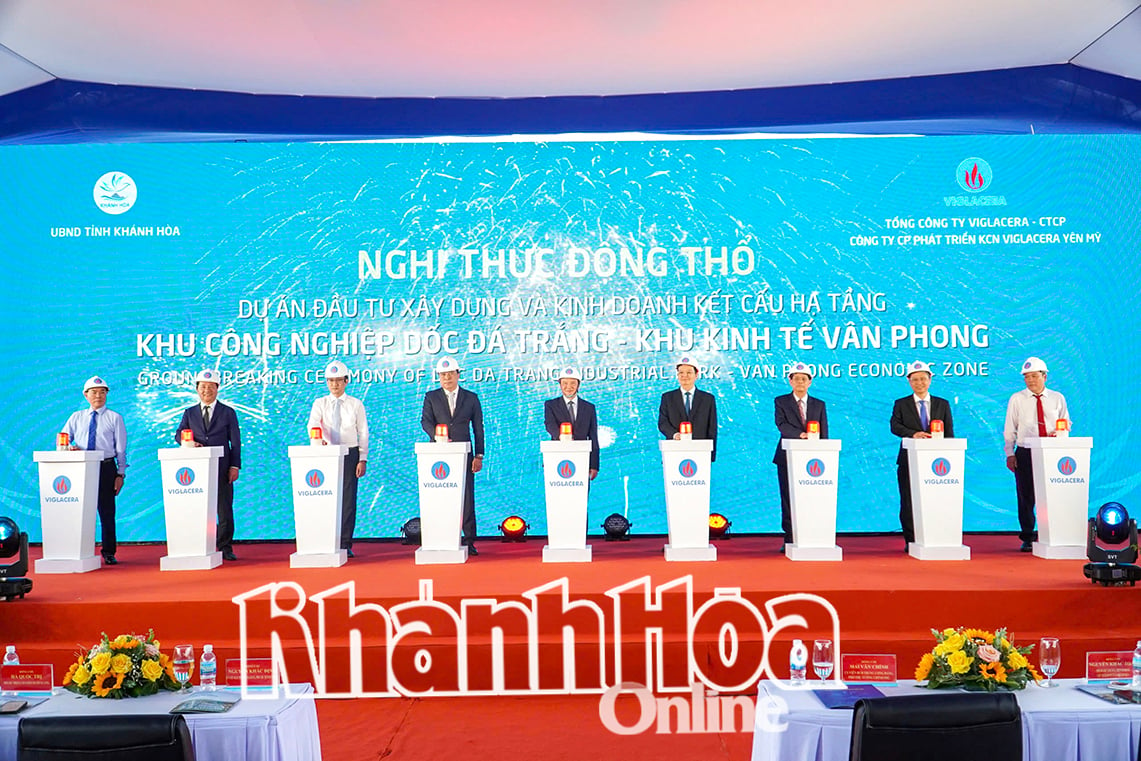
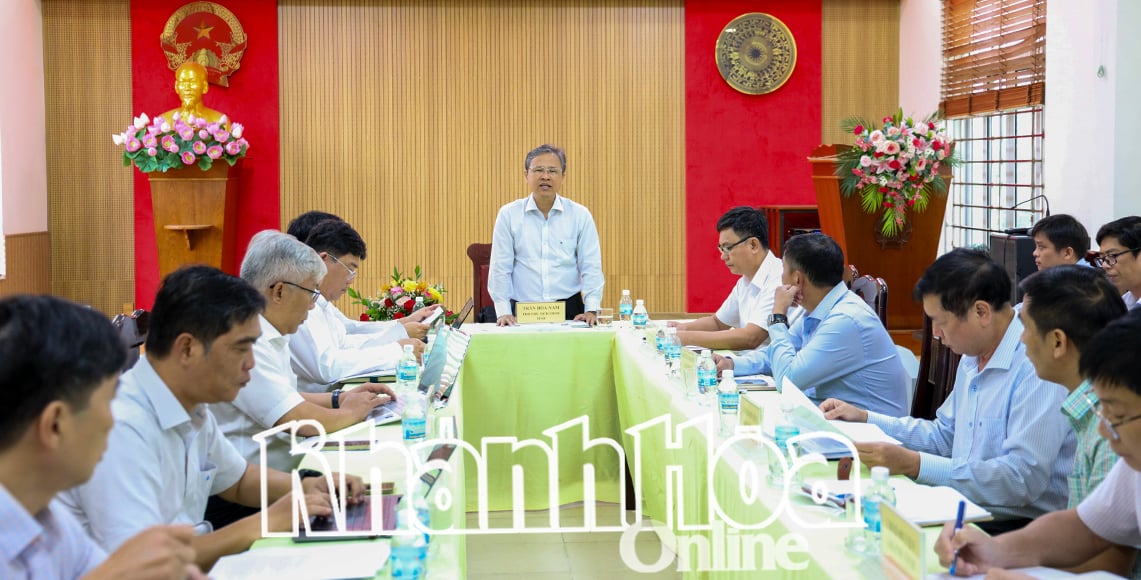
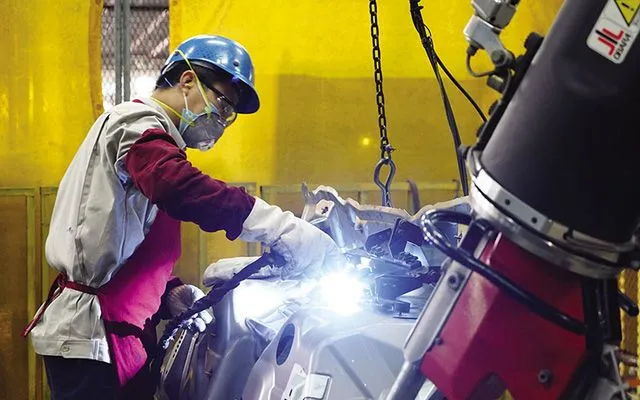
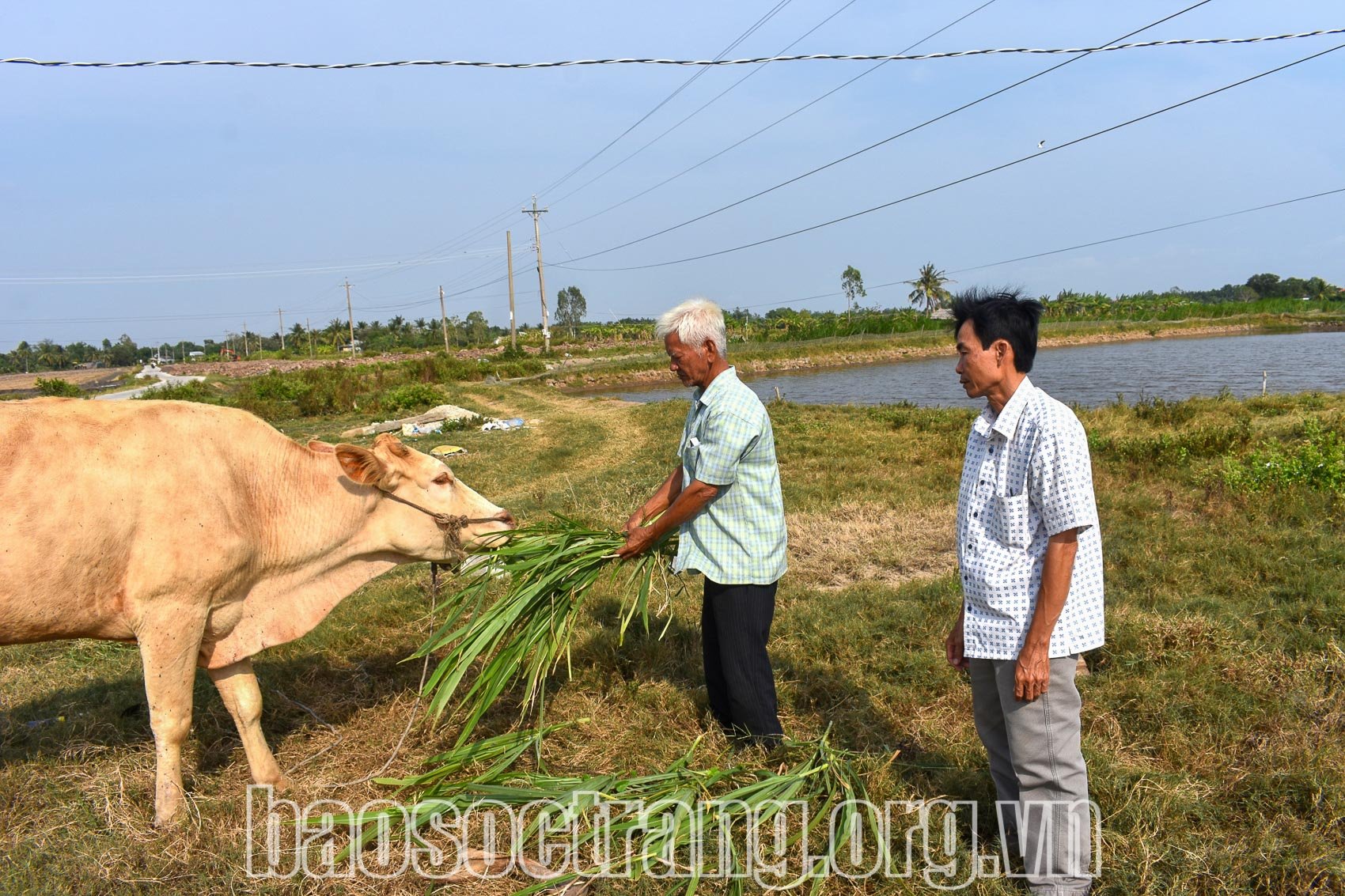
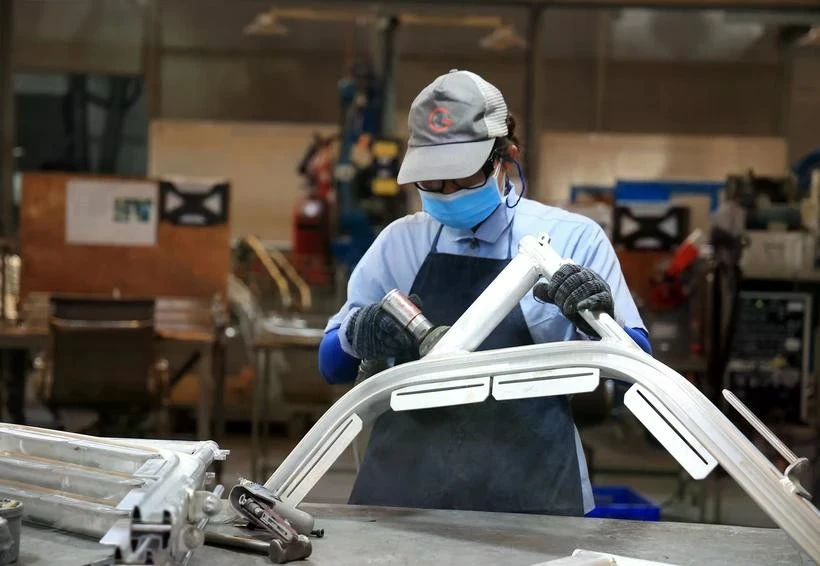
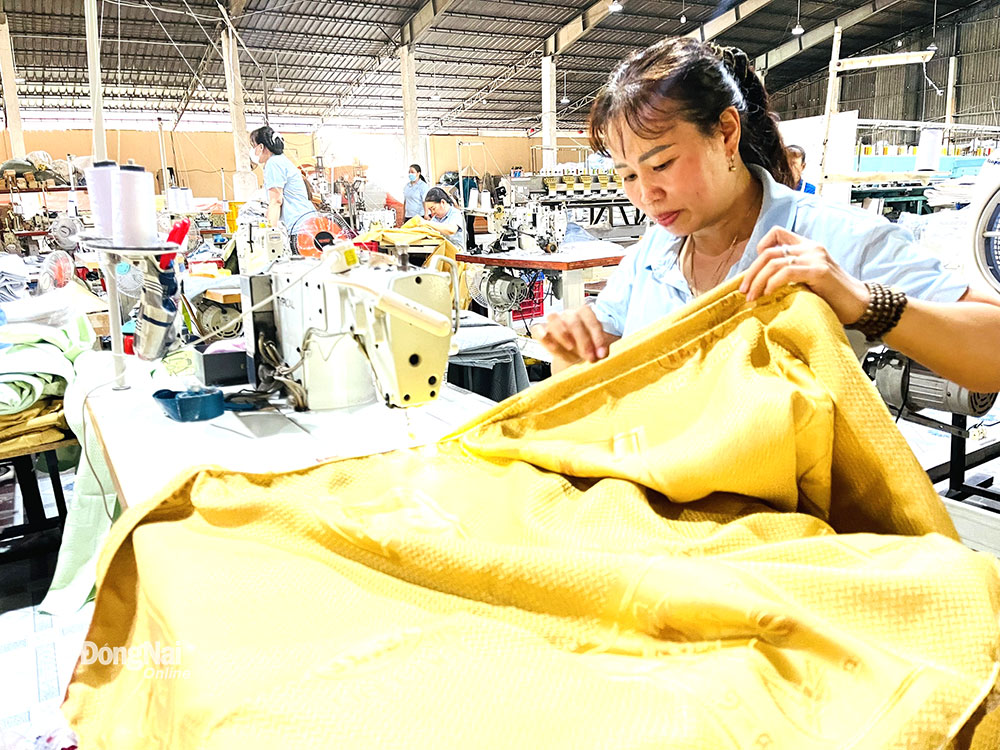




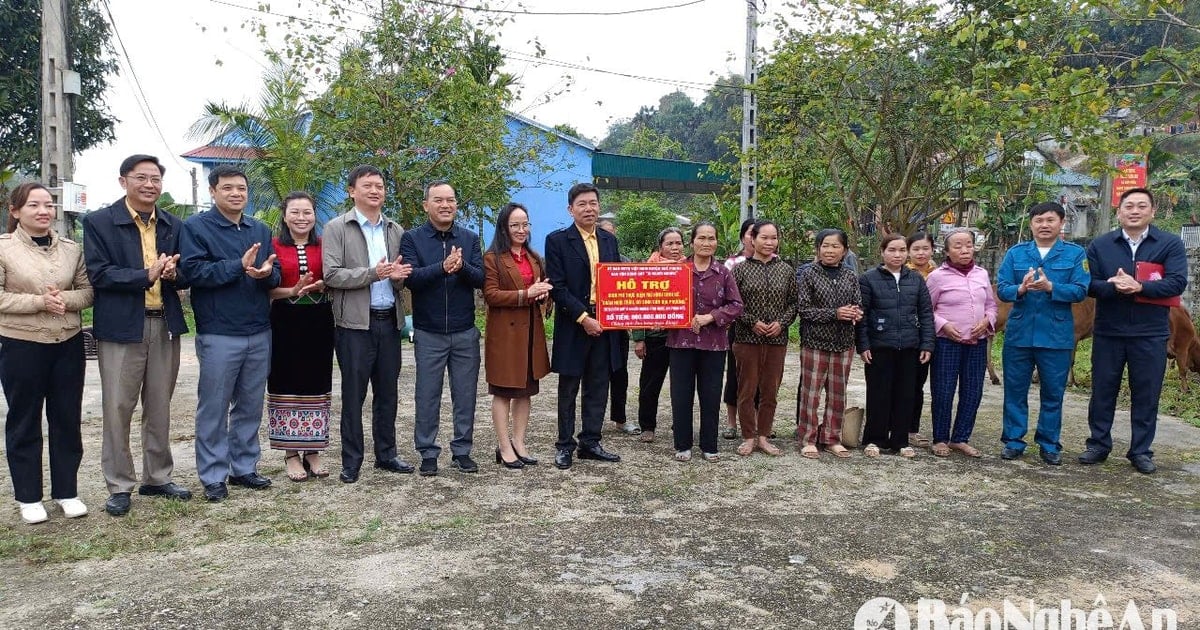
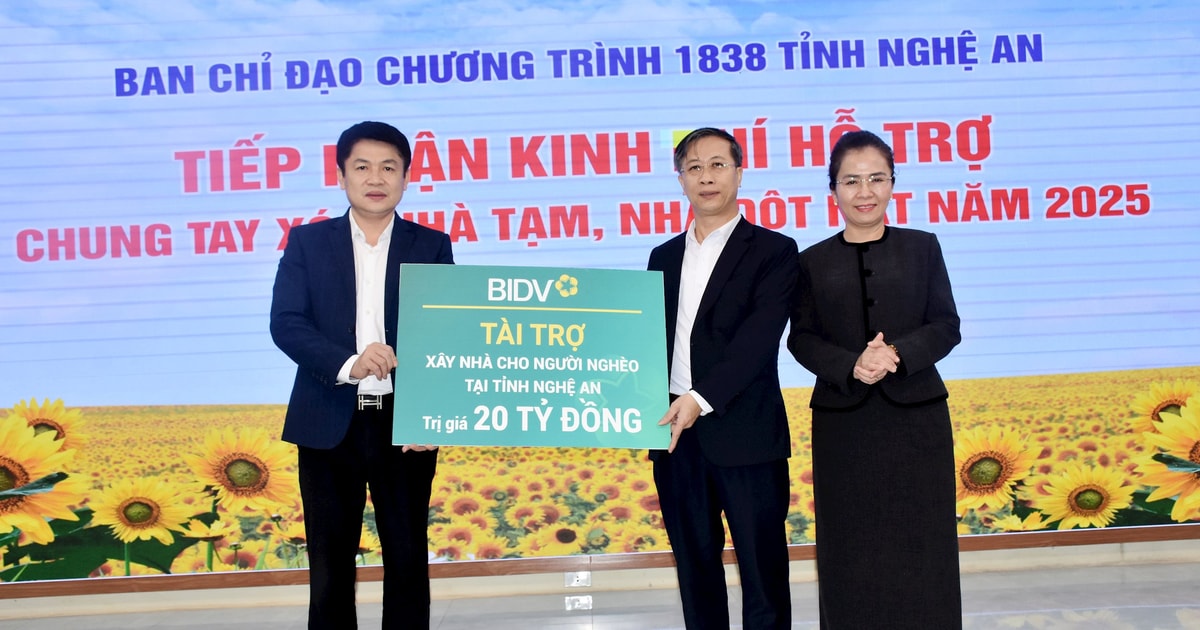


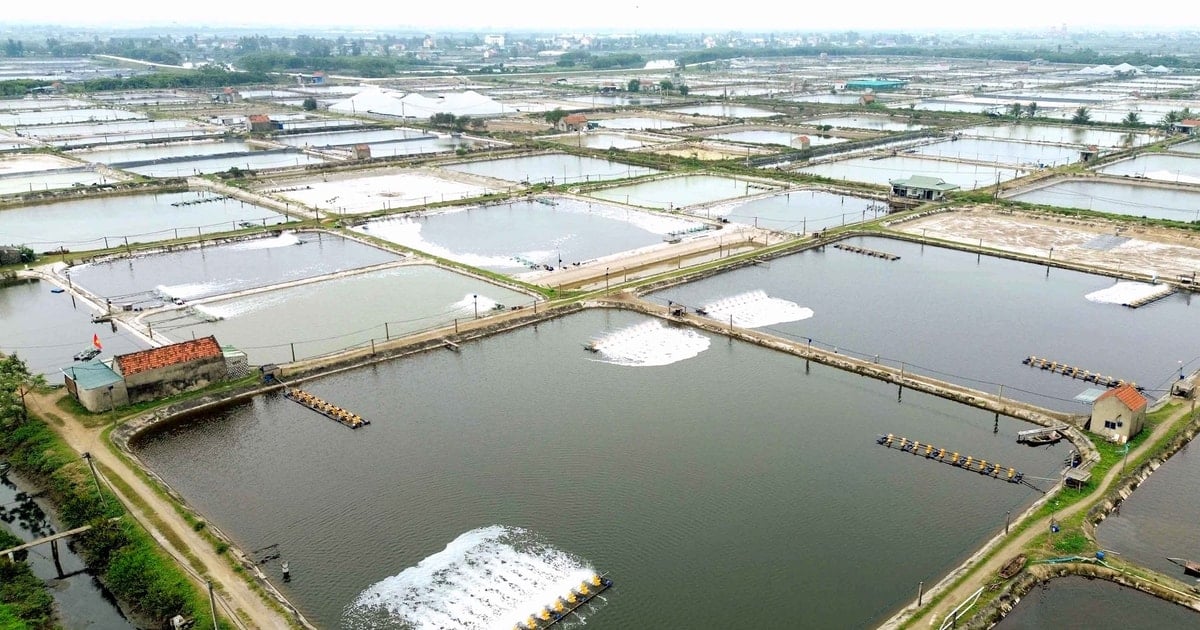
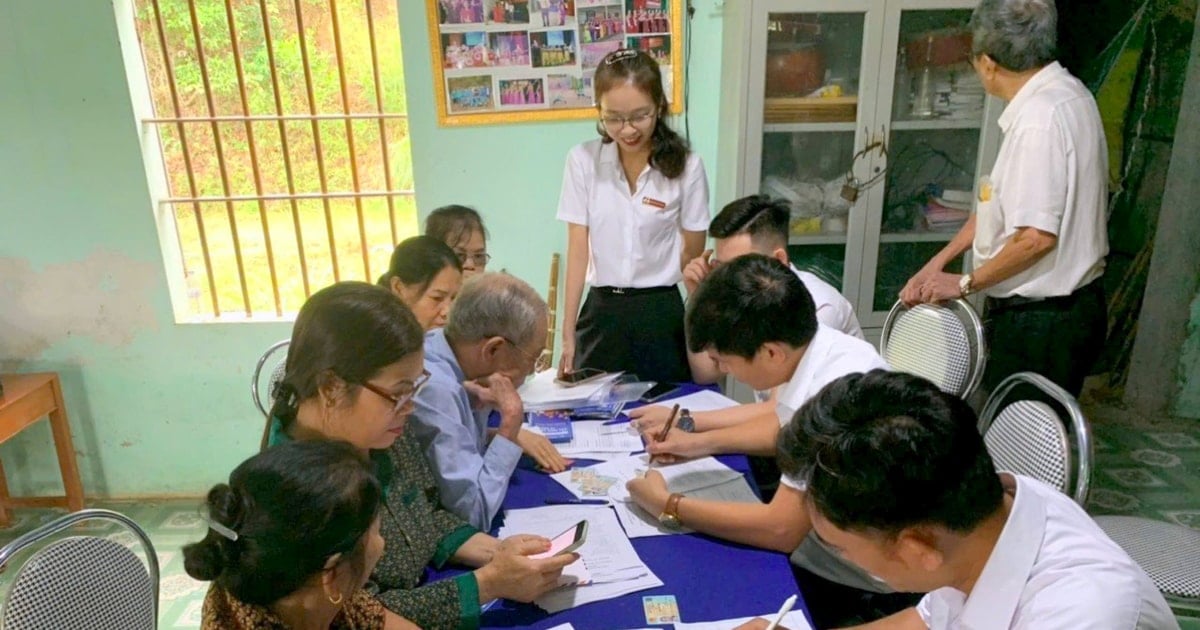









































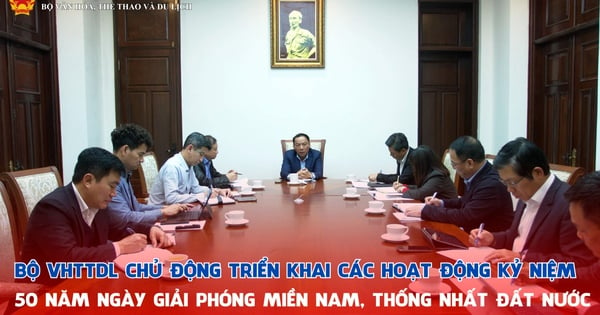

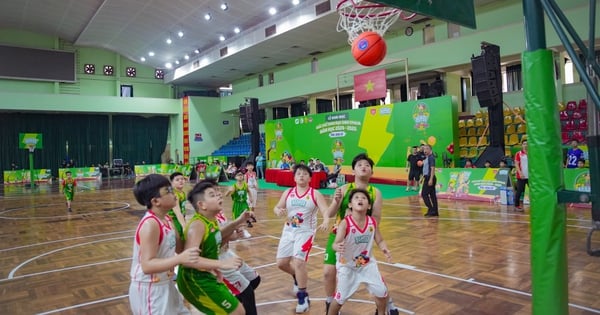




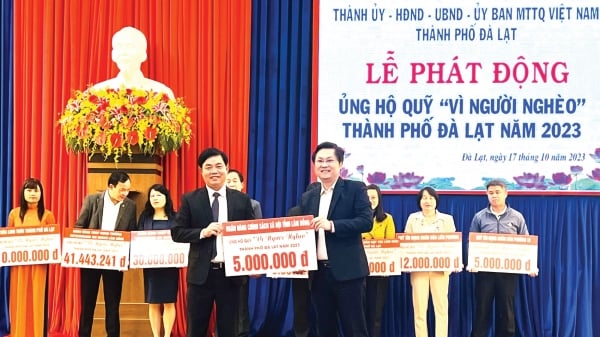

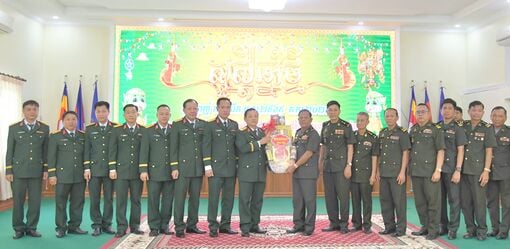

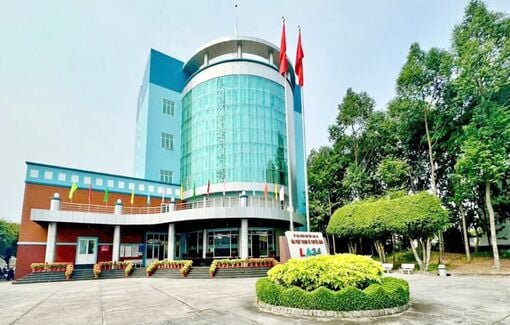

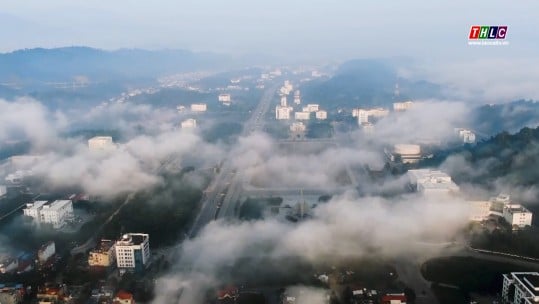












Comment (0)